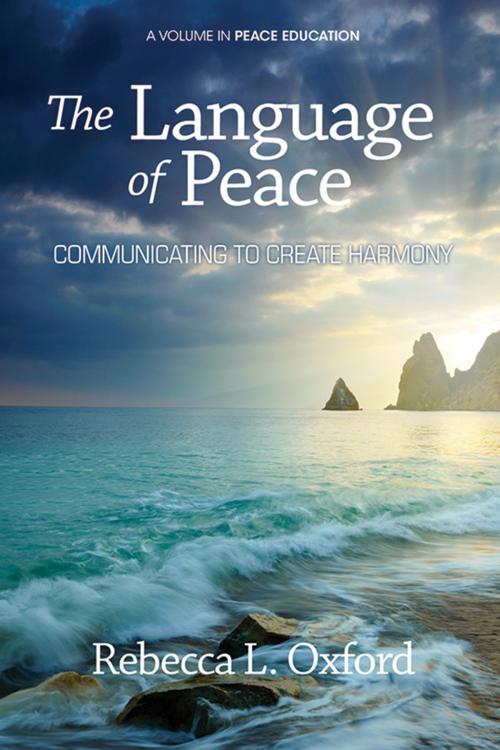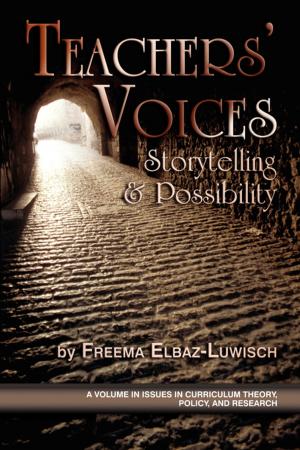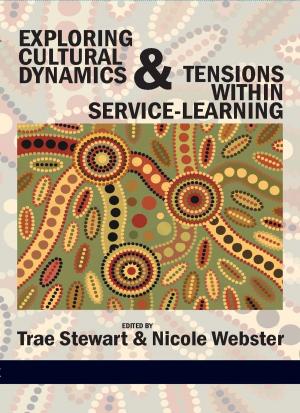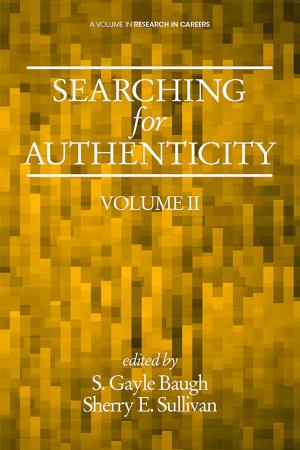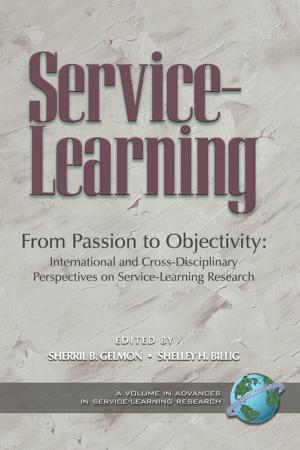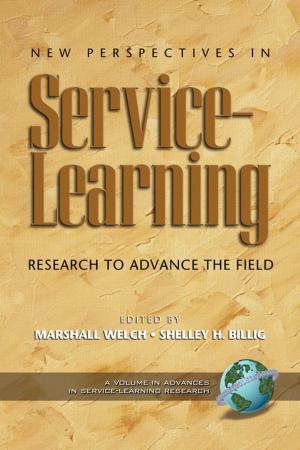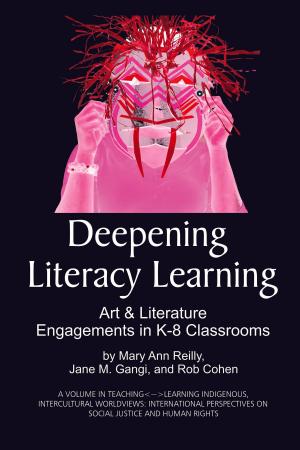The Language of Peace
Communicating to Create Harmony
Nonfiction, Reference & Language, Education & Teaching, Teaching, Teaching Methods| Author: | ISBN: | 9781623960964 | |
| Publisher: | Information Age Publishing | Publication: | April 1, 2013 |
| Imprint: | Information Age Publishing | Language: | English |
| Author: | |
| ISBN: | 9781623960964 |
| Publisher: | Information Age Publishing |
| Publication: | April 1, 2013 |
| Imprint: | Information Age Publishing |
| Language: | English |
The Language of Peace: Communicating to Create Harmony offers practical insights for educators, students, researchers, peace activists, and all others interested in communication for peace. This book is a perfect text for courses in peace education, communications, media, culture, and other fields. Individuals concerned about violence, war, and peace will find this volume both crucial and informative. This book sheds light on peaceful versus destructive ways we use words, body language, and the language of visual images. Noted author and educator Rebecca L. Oxford guides us to use all these forms of language more positively and effectively, thereby generating greater possibilities for peace. Peace has many dimensions: inner, interpersonal, intergroup, international, intercultural, and ecological. The language of peace helps us resolve conflicts, avoid violence, and reduce bullying, misogyny, war, terrorism, genocide, circus journalism, political deception, cultural misunderstanding, and social and ecological injustice. Peace language, along with positive intention, enables us to find harmony inside ourselves and with people around us, attain greater peace in the wider world, and halt environmental destruction. This insightful book reveals why and how.
The Language of Peace: Communicating to Create Harmony offers practical insights for educators, students, researchers, peace activists, and all others interested in communication for peace. This book is a perfect text for courses in peace education, communications, media, culture, and other fields. Individuals concerned about violence, war, and peace will find this volume both crucial and informative. This book sheds light on peaceful versus destructive ways we use words, body language, and the language of visual images. Noted author and educator Rebecca L. Oxford guides us to use all these forms of language more positively and effectively, thereby generating greater possibilities for peace. Peace has many dimensions: inner, interpersonal, intergroup, international, intercultural, and ecological. The language of peace helps us resolve conflicts, avoid violence, and reduce bullying, misogyny, war, terrorism, genocide, circus journalism, political deception, cultural misunderstanding, and social and ecological injustice. Peace language, along with positive intention, enables us to find harmony inside ourselves and with people around us, attain greater peace in the wider world, and halt environmental destruction. This insightful book reveals why and how.
